How does RCV work?
With Ranked Choice Voting, you can rank the candidates in order of preference, as many or as few as you like.
If your favorite candidate can’t win, your vote counts instantly for your second choice, so candidates must compete for every vote.
On the ballot, you can rank the candidates in order of preference: first, second, third, fourth, and so on.
If one candidate receives a majority (more than 50%) of the first-choice votes, they win!
If not, the candidate with the fewest votes is eliminated, and those votes count instantly towards the next choice on each voter’s ballot. This process repeats until one candidate has a majority.
The simple change will ensure that the winner has the support of a true majority of voters.
It gives voters more choice by letting them pick the best candidate with the best ideas. And it opens the process to more diverse voices by giving all candidates a chance to compete and win.
Burlington: Ranked Choice in 2024
How did we get here?
Burlington voters approved the use of Ranked Choice Voting (RCV) for city council elections in the 2021 Town Meeting Day elections with 64% of the vote. RCV came into play for the first time after the charter change passed for the East District special election.
Then, in 2023, voters used RCV to elect their city councilors AND voted to expand the use of RCV to more local elections, including the mayoral races! Question 6 passed again with 64% of the vote.
This charter change was approved by the state legislature last session and now RCV will be used up and down the ballot for the 2024 Burlington Town Meeting Day elections.
How to vote on the ranked choice ballot:
1. Select a first-choice candidate by completely filling in the oval next to the candidate’s name in the 1st Choice column.
2. If you have a second-choice candidate, completely fill in the oval next to that candidate’s name in the 2nd Choice column.
3. If you have a third-choice candidate, completely fill in the oval next to that candidate’s name in the 3rd Choice column.
4. You can continue to rank candidates until you run out of allowable rankings or run out of candidates.
More info …
Where is RCV used?
The RCV movement has grown nationally with more than 50 states, counties, and cities now using the popular system of voting. In 2021, 64% of Burlington voters supported using RCV in all future city council elections. In 2023, 64% of voters again voted to expand RCV to all other city elections, including mayoral elections.
What does this do?
If any candidate running in a ranked choice voting election receives more than 50% of the vote in the first round, they are declared the winner, and the election is over.
If no single candidate receives a majority of the first-choice votes, the lowest vote-getter is eliminated and the voters who ranked that candidate first would have their second-choice votes counted. This process continues until there is a majority winner with over 50% of the vote!
Why is this different?
Mayoral candidates for example used to only need the highest number of votes, amounting to at least 40% of the vote, to be declared the winner. This means that 60% of voters could want another candidate to win!
Before ranked choice, if no candidate can secure 40% of the vote, a runoff election needs to be held which usually result in higher cost and delay while bringing much lower voter turnout. Ranked choice voting makes sure we get a winner with a majority without the need for a runoff.
TRY IT OUT!
See how Ranked Choice Voting works by participating in our Ben & Jerry’s Ice Cream Flavor election.
Ice cream election not showing up? Try disabling your ad blocker


